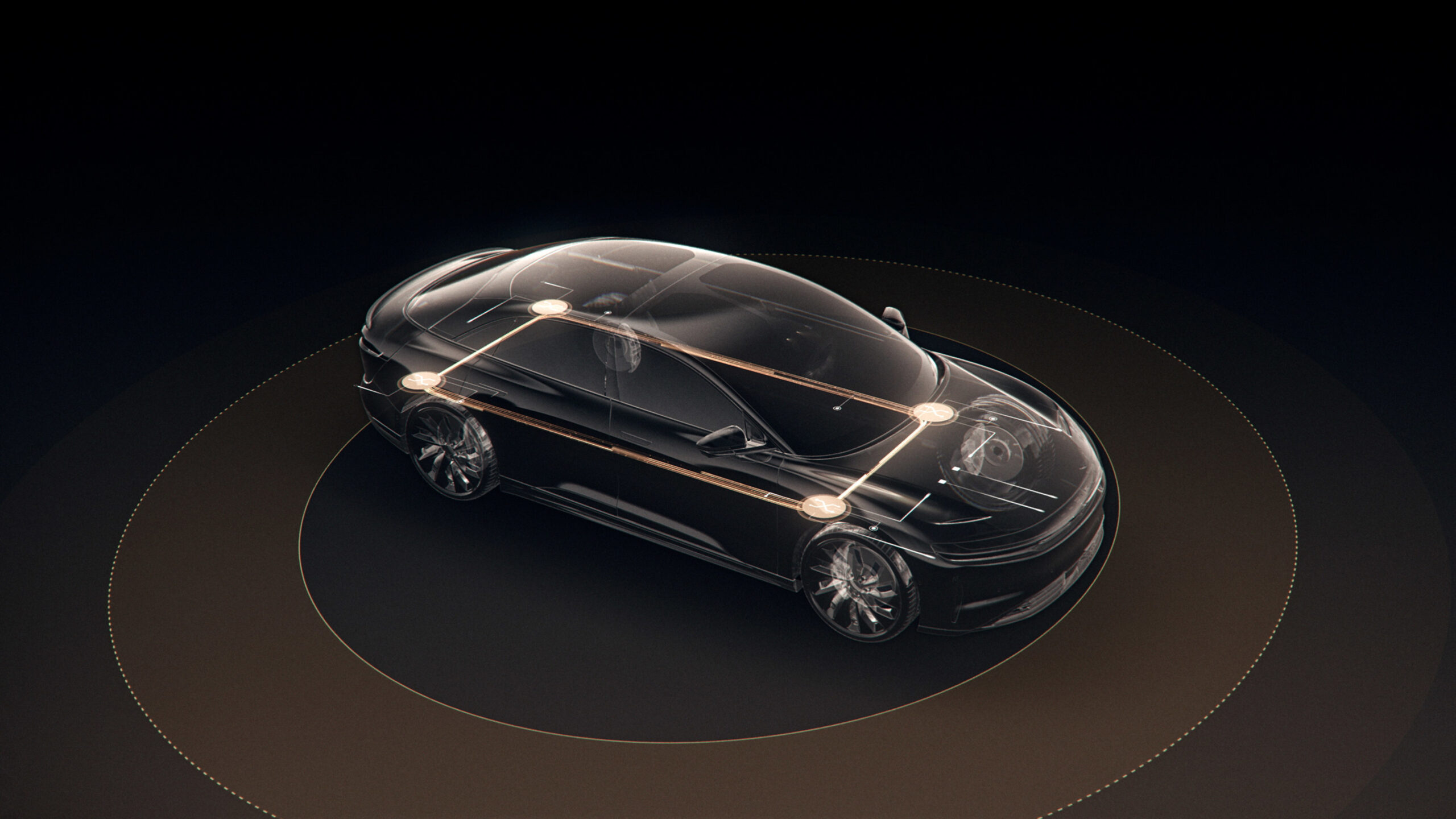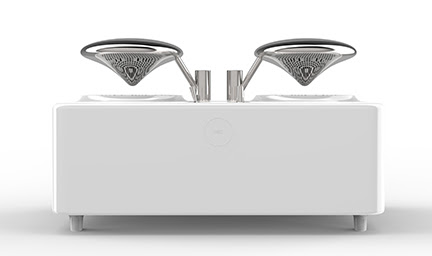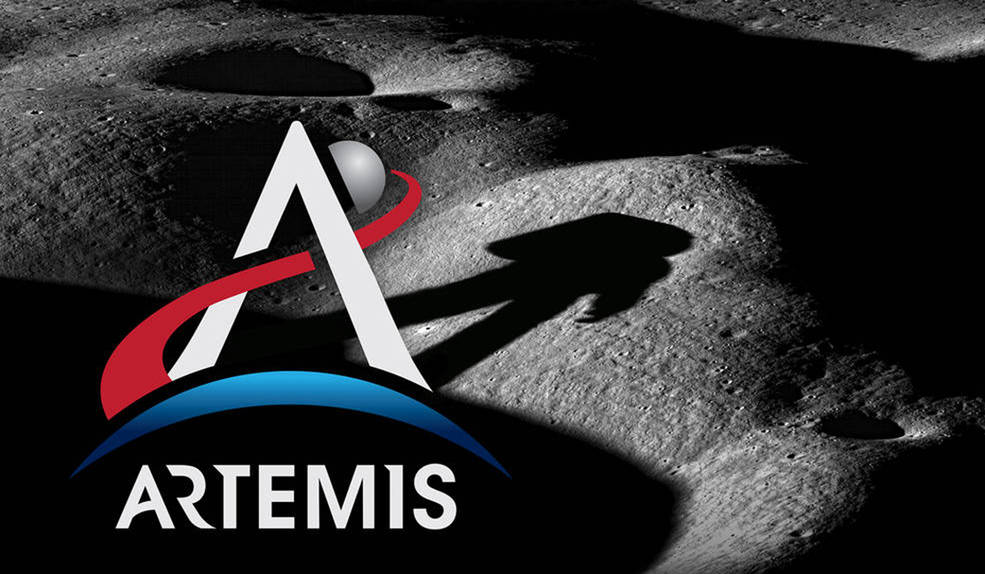U-Linc Demonstrates IoT Interoperability Solution at CES 2018

GUILDFORD, England, Jan. 8, 2018 /PRNewswire/ — Simple, seamless and secure connectivity from the consumer’s phone, tablet, wearable and other smart devices, without needing to download several different interfaces and apps, will be demonstrated at the Consumer Electronics Show, Jan. 9-12, thanks to a new product from U.K. company U-Linc Ltd.
U-Linc’s powerful and flexible connectivity software achieves interoperability, the classical obstacle to the growth of the Internet of Things market, and allows users unprecedented control of their smart home devices such as connected fridges, home appliances, lights and wireless speakers. Its flexibility and utility has prompted industry interest for other “smart” applications from companies in the manufacturing, retail, mobility and other smart city sectors.
The significance of U-Linc’s product is its offer of customisable control for Internet of Things devices across products from different manufacturers, which may use different operating systems, different wireless technologies and in scenarios with or without Internet connectivity.
U-Linc’s solution is extremely lightweight and highly distributed, hence it is suitable for highly constrained devices with limited power resources and/or memory footprint. It is also plug & play; when a device equipped with the protocol is powered up it can immediately become part of the local ecosystem. Thanks to its forward compatibility, the protocol is deployable to an ever-increasing range of devices. The product is supplied as software under license or can be embedded on-chip.
Anmar Rassam, CEO and Founder of U-Linc, said, “Major international players are at last beginning to IoT-enable their domestic products. For our industry clients, improving customer experience, ease of use and interoperability of their smart home products is a vital key to accelerate the market. Importantly, however, our product also provides them with a direct and living connection with their users, enabling them to evaluate usage of their products and how they can best be improved and evolved to meet market needs. As this technology provides solutions in any vertical that simply involves any connectable device to interact with, it is applicable in any smart environment, such as smart mobility, smart retail, smart industry/manufacturing and smart cities.”





